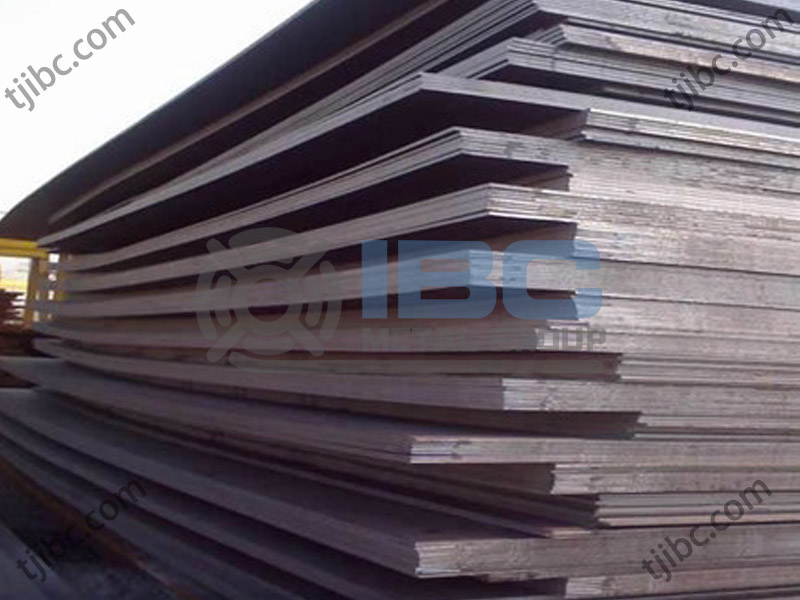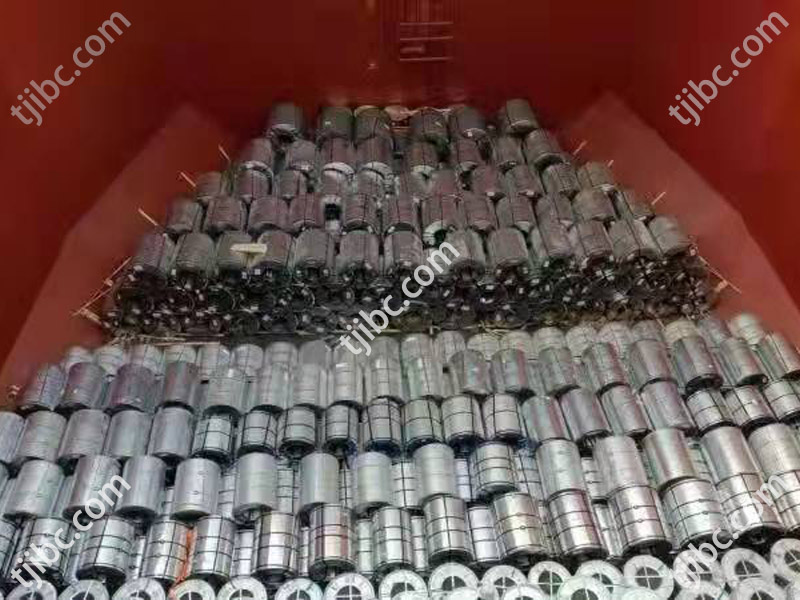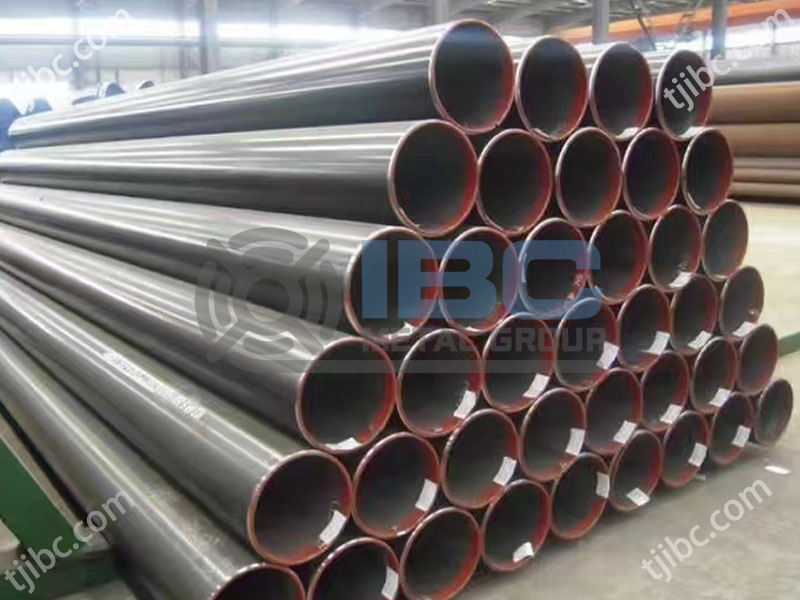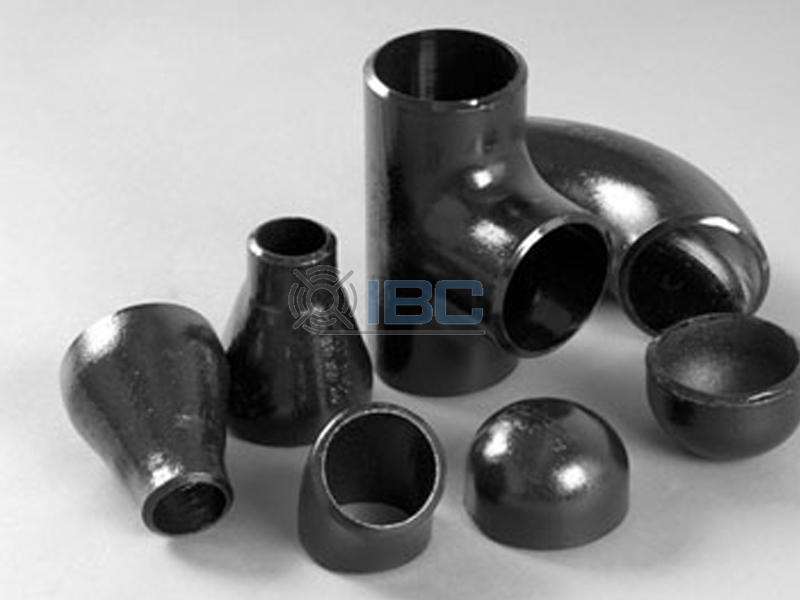Basic Performance of Shipbuilding Plate
Toughness: Shipbuilding plate must have good toughness to withstand a variety of complex stresses and shocks. This requires the steel plate to be able to undergo large plastic deformation without breaking when subjected to external force.
Strength: This steel plate needs to have a high strength, including yield strength and tensile strength, to ensure the stability of the hull structure and load capacity.
Corrosion resistance: Because the hull is in the seawater environment for a long time, it needs to have good corrosion resistance to prevent chemical corrosion and electrochemical corrosion of seawater.
Welding performance: The hull structure is usually composed of multiple steel plates welded. So this steel plate needs to have good welding performance to ensure the quality of the weld and the overall strength of the hull structure.
Processing and forming performance: The hull shape is complex, requiring it to have good processing and forming performance to meet the various needs of the hull design.
Classification and performance characteristics
1.General strength structural steel: Including A, B, D and E four grades, these steel plates are mainly used in the hull structure to withstand general stress parts. They have good toughness, strength and corrosion resistance, and can meet the basic needs of hull structure.
2. High strength structural steel: including AH32, DH32, EH32, AH36, DH36, EH36 and other grades. These steel plates have high yield strength and tensile strength. And they are suitable for parts of the hull structure that are subjected to greater stress. Among them, EH36 steel plate is a commonly used high-strength steel plate. Its yield strength can reach more than 355MPa, tensile strength can reach 490-630MPa between. It has good wear resistance and fatigue resistance.
Inspection Methods for Shipbuilding Plate 1
1. Thickness measurement
Tool preparation: Choose ultrasonic thickness gauge as the main measuring tool.
Measurement position determination: Workers need to measure at a distance of no less than 25mm from the edge of the steel plate, as well as the four corners of the steel plate and the middle of the two transverse edges. These are all required sites.
Measurement operation: Workers need to use ultrasonic thickness gauges to measure at these selected locations. Ensure that the negative deviation of steel plate thickness measured at each measuring point does not exceed the specified deviation number (e.g. 0.3mm).
Result recording: Workers need to record the measurement results at each measuring point for subsequent analysis.
2. Flatness test
Tool preparation: Select a steel measuring tape as the main measuring tool.
Detection method: Observe whether there is a sudden bulge or depression on the surface of the steel plate. It is the performance of the poor flatness of the steel plate.
Measurement operation: Use a steel tape measure to measure the suspected area of poor flatness and record its maximum deviation.
Result evaluation: Evaluate whether the flatness of the steel plate meets the requirements according to the maximum deviation value.
Inspection Methods for Shipbuilding Plate 2
3. Internal quality inspection
Sampling method: Cut the sample at about 1/4 plate width from one side of the steel plate, and the direction of interception should be longitudinal of the steel plate. The sample size is generally about 300*300mm. If required by the surveyor, stamp the specimen in different areas.
Chemical composition analysis: chemical composition analysis of samples to ensure that they comply with the relevant classification society specifications or other relevant standards recognized by classification societies.
Mechanical properties test: Workers need to test the tensile, bending and other mechanical properties of the sample to evaluate whether its mechanical properties meet the requirements.
Test result determination: The engineer will make the test result according to the physical and chemical test report. This can be determined by the corresponding national standards to determine whether the steel plate is qualified.

Contact with us today!



